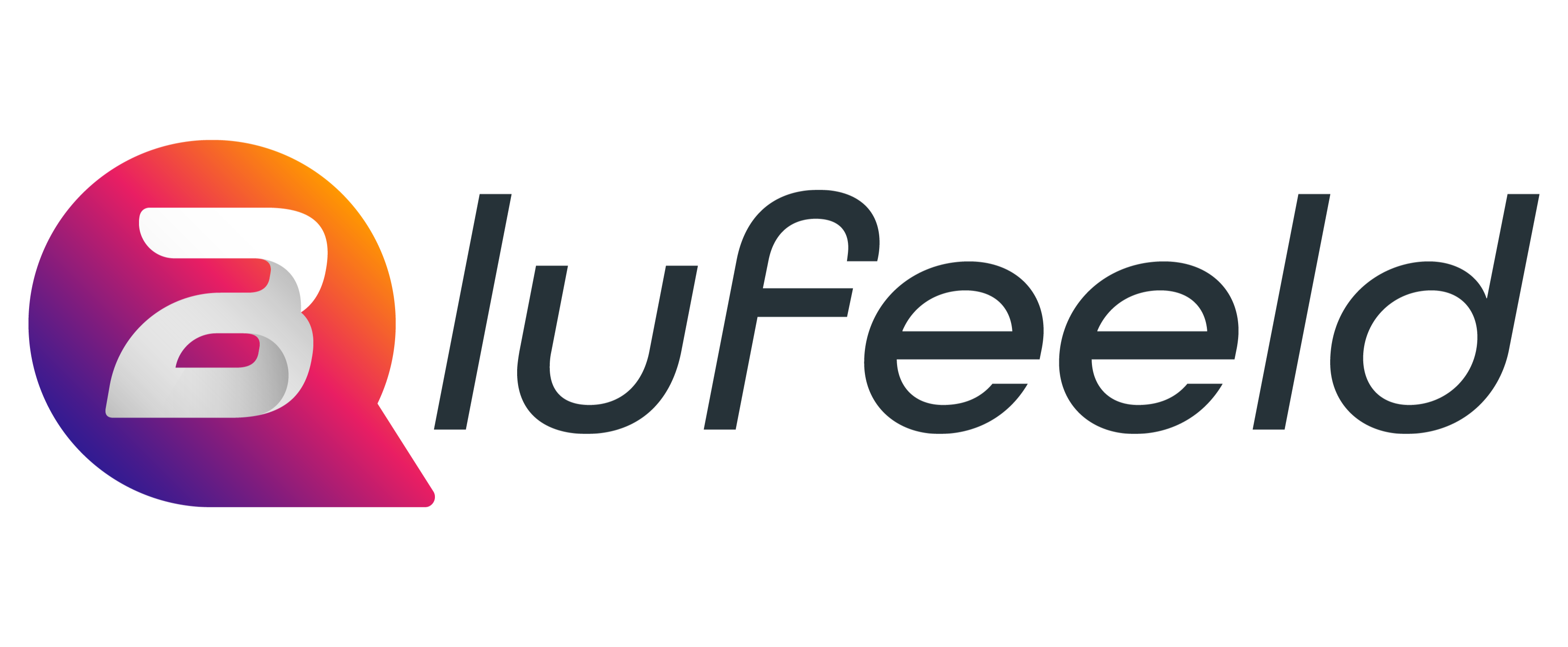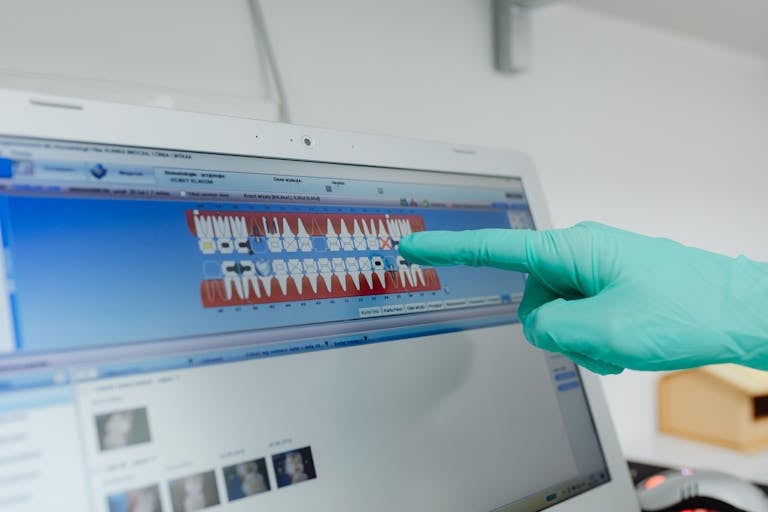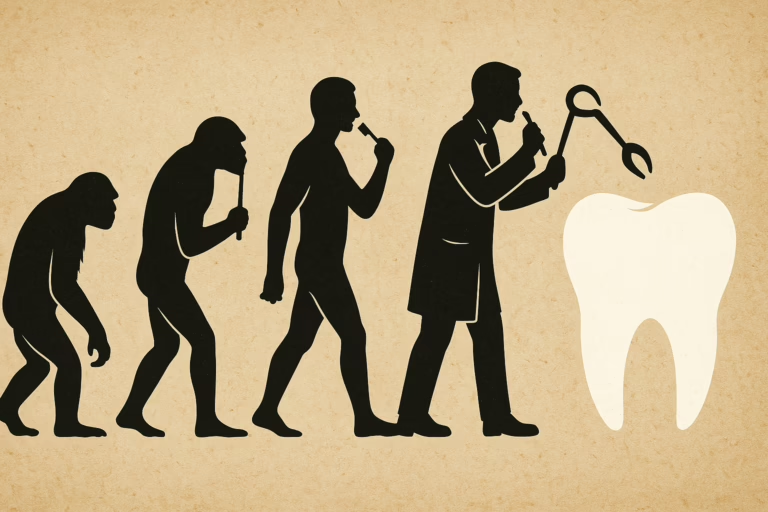Cloud Computing in Dentistry (Part-1)
Revolutionizing Business Workflow
In our previous articles, we explored technological advancements in clinical dentistry and front-office management. Now, let’s examine how cloud-based solutions are transforming the operational landscape of dental practices, with a focus on business workflow.

The Shift to Cloud-Based Dental Software
Cloud computing has emerged as a disruptive force in the dental industry, offering an alternative to traditional on-premises software solutions. This shift has significant implications for practice operations and workflow management.
Impact on Business Workflow
- Accessibility and Flexibility
- Remote Access: Secure access to patient records and practice data from anywhere, enabling work-from-home options and improving emergency response times.
- Multi-Location Management: Centralized system for managing multiple offices, ensuring consistency across locations.
- Mobile Dentistry: Support for mobile dental units, allowing care provision in underserved areas while maintaining access to patient records.
- Real-Time Collaboration
- Instant Updates: Immediate visibility of changes to patient records, treatment plans, or schedules for all authorized users.
- Interdisciplinary Cooperation: Easier sharing of patient information among specialists.
- Improved Communication: Integrated messaging systems for quick consultations.
- Streamlined Data Management
- Automatic Backups: Regular, automatic backups ensure data safety without manual intervention.
- Scalability: Easy accommodation of growing practices without significant hardware upgrades.
- Enhanced Patient Engagement
- Self-Service Options: Online scheduling, record access, and bill payment for patients.
- Improved Communication: Secure, HIPAA-compliant messaging between patients and the dental team.
- Teledentistry: Support for virtual consultations and remote care options.
- Financial Management and Reporting
- Real-Time Financial Insights: Access to up-to-date financial data from anywhere.
- Automated Reporting: Generation of comprehensive reports on key performance indicators.
- Integrated Billing and Insurance: Features for electronic claims submission and payment processing.
Security and Compliance
While security concerns initially made some practices hesitant to adopt cloud solutions, modern cloud-based dental software often offers enhanced security features:
- HIPAA Compliance: Reputable cloud providers ensure their systems meet or exceed HIPAA requirements.
- Advanced Encryption: Data is encrypted both in transit and at rest.
- Audit Trails: Detailed logs of user activity aid in compliance and security monitoring.
Conclusion
The adoption of cloud-based solutions in dentistry has fundamentally transformed business workflows. By offering unprecedented accessibility, facilitating real-time collaboration, streamlining data management, and enhancing patient engagement, cloud technology has enabled dental practices to operate more efficiently.
As cloud technology continues to evolve, we can expect even greater innovations in dental practice management. From advanced AI-driven analytics to seamless integration with emerging technologies, the cloud will likely play a central role in shaping the future of dental practice workflows. By embracing cloud solutions, dental practices can improve their operational efficiency, enhance patient care, and adapt to changing market conditions in an increasingly digital healthcare landscape.








